Resources
About Us
South East Asia Biofertilizers Market by Microorganism Type (Nitrogen-fixing {Azospirillum}, Phosphate Solubilizing Microbes), Crop Type (Cereals & Grains {Corn}, Oilseeds & Pulses), Mode of Application (Seed Treatment, Fertigation), Form - Forecast to 2032
Report ID: MRAGR - 104982 Pages: 190 Jan-2025 Formats*: PDF Category: Agriculture Delivery: 24 to 72 Hours Download Free Sample ReportThe South East Asia Biofertilizer Market is projected to reach $78.1 million by 2032, at a CAGR of 10.3% during the forecast period of 2025 to 2032. The growth of this market is driven by the rising demand for organic food, the rising inclination towards sustainable and eco-friendly techniques to improve crop yields and soil health, increasing government initiatives to promote the use of biofertilizers, and the growing concerns regarding environmental safety. However, the high cost of biofertilizer production and high demand for synthetic fertilizers hamper the growth of this market to some extent.
Moreover, the growing adoption of fertilizers in emerging economies is expected to create market growth opportunities for the stakeholders operating in this market. However, the lengthy product registration & approval processes and lack of awareness regarding biofertilizers are major challenges for the players in this market.
Key Players
The report includes a competitive landscape based on an extensive assessment of the key growth strategies adopted by leading market players between 2020 and 2025. The key players profiled in the South East Asia Biofertilizer market research report are American Vanguard Corporation (U.S.), Chr. Hansen Holding A/S (Denmark), IPL Biologicals Limited (India), Koppert B.V (Netherlands), Lallemand Inc (U.S.), Novozymes A/S (Denmark), Symborg Corporate, SL (Spain), UPL Limited. (India), Biostadt India Limited (India), ATLÁNTICA AGRÍCOLA, S.A. (Spain), and Suståne Natural Fertilizer, Inc. (U.S.).
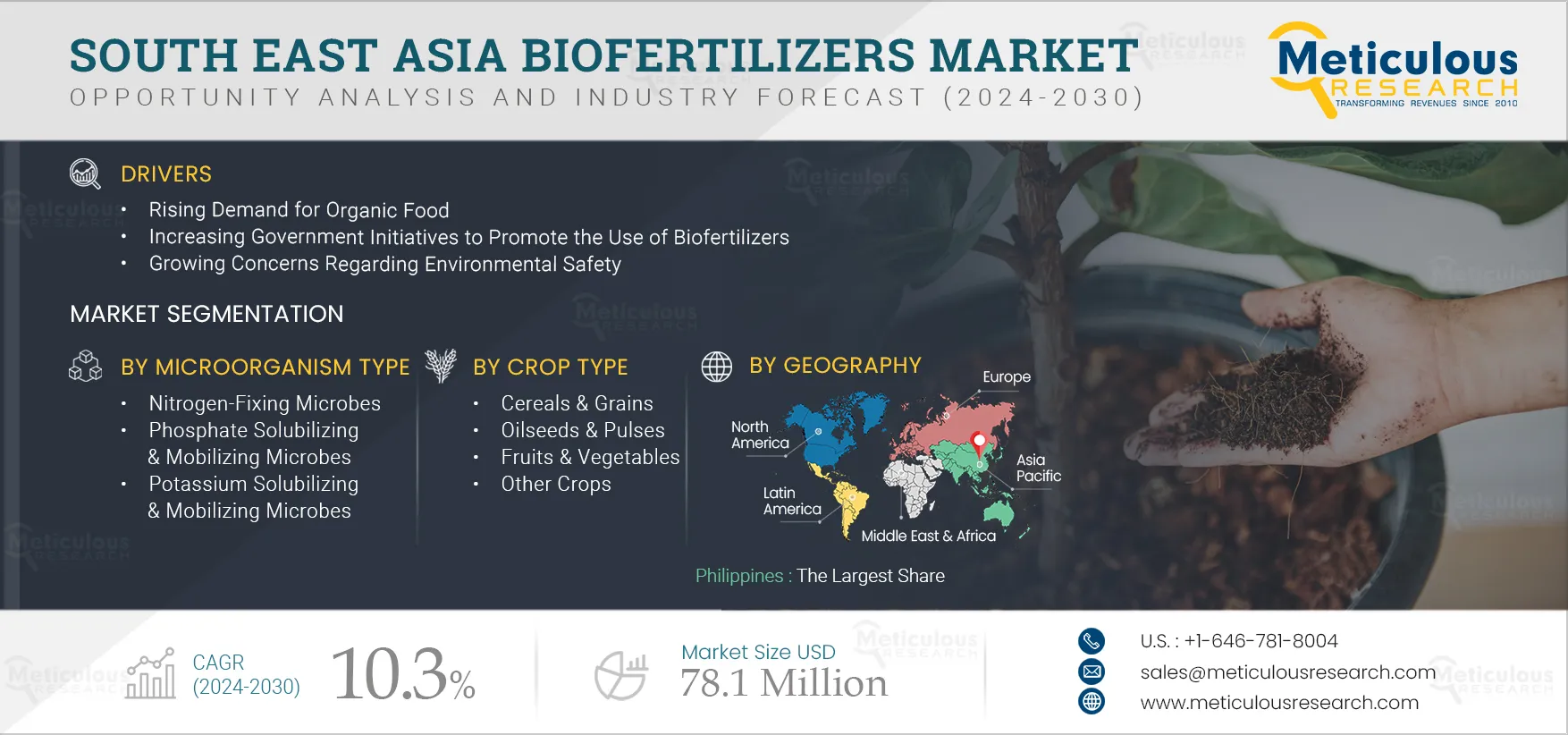
Click here to: Get Free Sample Pages of this Report
In South East Asia, the utilization of biofertilizers is on the rise as an alternative to chemical fertilizers due to their numerous benefits. Biofertilizers, which are live formulations of beneficial microorganisms, are designed to enhance soil fertility and plant nutrition. When applied to seeds, roots, or soil, these formulations stimulate nutrient mobilization through their biological activity, fostering the development of a healthy micro-flora and overall soil vitality. They play a pivotal role in organic farming, offering a sustainable approach to reducing reliance on chemical fertilizers while augmenting crop yields.
The use of conventional agricultural chemicals poses significant threats to human health and the environment. Chemical fertilizers contribute to soil, air, and water pollution, leading to various adverse effects ranging from short-term ailments like headaches and nausea to long-term chronic conditions such as cancer, reproductive disorders, and endocrine disruption. Moreover, the contamination of groundwater by nitrogen and other chemical fertilizers creates serious health hazards, including the incidence of blue baby syndrome upon consumption.
Given the environmental and health concerns associated with chemical fertilizers, farmers in South East Asia are increasingly turning to biofertilizers. This trend is further influenced by the geopolitical situation, particularly the war between Russia and Ukraine. South East Asian countries heavily rely on external sources for fertilizers, both synthetic and natural, with Indonesia being the primary importer in terms of quantity. Other countries like the Philippines, Myanmar, and Thailand collectively import over 80% of their annual fertilizer requirements.
However, South East Asian countries face heightened vulnerability due to their substantial dependence on imports from Russia and Belarus, which collectively contribute to more than 20% of their annual fertilizer supply. The ongoing conflict between Russia and Ukraine has disrupted the global fertilizer market, impacting the availability and prices of fertilizers in South East Asia. As a result, the adoption of biofertilizers as an alternative to chemical fertilizers becomes even more significant for the region's agricultural sustainability and food security. As a result, disruption in the global fertilizer market has put pressure on South East Asian countries to find alternative sources of fertilizers to meet their agricultural needs. Additionally, South East Asian countries lack mineral resources, limiting their synthetic fertilizer production, while biofertilizers are expected to boom in the region as they can be produced from locally manufactured sources. This shift towards biofertilizers could help reduce the region's reliance on imported fertilizers and improve food security.
Investing in the infrastructure and technology needed for biofertilizer production will be crucial for South East Asian countries to fully benefit from this sustainable alternative. By diversifying their sources of fertilizers and promoting the use of biofertilizers, these countries are expected to mitigate the risks associated with global fertilizer market disruptions and ensure a more stable agricultural sector in the long term.
Rising Demand for Organic Food to Spur the Growth of the South East Asia Biofertilizer Market
Organic farming involves growing crops without using synthetic (chemical) fertilizers and pesticides. In organic farming, natural fertilizers such as organic fertilizers and biofertilizers are used to enhance crop production. Biofertilizers are renewable, biodegradable, sustainable, and eco-friendly. They improve soil structure, increase the soil’s water-holding capacity, and prevent plant diseases & groundwater contamination.
The global population is expected to reach 9.7 billion by 2050, a 24% increase over 2021 (source: Population Reference Bureau). As the global population grows, the demand for food is also expected to increase, meaning that agriculture will become much more important in the future. Therefore, various modern agricultural practices are expected to be used to fulfill the growing food requirements of the population.
Chemical fertilizers are used on a large scale to enhance agricultural production. However, chemical residues in food can be harmful and may lead to diseases. As food safety has become a major concern, consumers are more conscious of their health and the environment and increasingly prefer chemical residue-free produce, which has further increased residue-free farming practices. Organic food is grown using natural fertilizers. Consuming organic food may reduce the risk of cancer, heart disease, stroke, allergies, obesity, and many more conditions.
Furthermore, several organizations are raising awareness about the negative effects of chemicals in food and promoting organic farming worldwide. In addition, various governments are undertaking initiatives to promote organic foods and organic cultivation across the globe. Therefore, there has been a drastic increase in the global consumption of organic food and the global area of land under organic cultivation.
According to FIBL-IFOAM 2025, as of 2021, the organic agricultural land in the Philippines, Thailand, Indonesia, and Vietnam was around 216,334 ha, 167,985 ha, 83,362 ha, and 74,540 ha, respectively. Moreover, this organic agriculture area is further expected to grow by 415.7% in Thailand, 167.2% in the Philippines, and 105.4% in Vietnam in the next ten years from 2021. The organic farming industry is governed by strict government standards; products bearing organic labels are required to be produced without toxic and persistent pesticides and synthetic nitrogen fertilizers, antibiotics, synthetic hormones, or genetic engineering.
Biological fertilizers play an important role in organic farming. In addition, biofertilizers are essential components of organic farming practices because combining naturally occurring microorganisms with organically derived, nutrient-rich fertilizers provides plants with a healthy growing environment and makes the soil sustainable for future growing seasons. Biofertilizers also enhance plants’ resistance against pests and abiotic stressors such as drought, excess water, and extreme temperature changes. Providing plants with natural protection against external threats and restrictive conditions is necessary for optimal plant growth & development and reduces the need for traditional, inorganic fertilizers and pesticides. Thus, the demand for biofertilizers in organic farming is expected to grow significantly in the coming years.
Thus, the rising demand for organic food is expected to drive the growth of the South East Asia biofertilizers market during the forecast period.
In 2025, the Nitrogen-fixing Microbes Segment is Expected to Dominate the South East Asia Biofertilizer Market
Based on microorganism type, the South East Asia biofertilizer market is segmented into nitrogen-fixing microbes (rhizobia bacteria, Azospirillum, and other nitrogen-fixing microbes), phosphate solubilizing & mobilizing microbes (pseudomonas, bacillus, other phosphate solubilizing & mobilizing microbes), potassium solubilizing & mobilizing microbes, and other microorganisms. In 2025, the nitrogen-fixing microbes segment is expected to account for the largest share of the South East Asia biofertilizer market. The large market share of this segment is attributed to factors such as risks related to the use of chemical fertilizers, rising health concerns associated with synthetic fertilizers, rising awareness regarding nitrogen-fixing microbes (nitrifying bacteria), increasing government initiatives to support organic farming by adopting sustainability in modern agriculture, and growing use of modern irrigation techniques such as drip and sprinkler irrigation.
In addition, nitrogen-fixing microbes are a more economical, ecological, and profitable solution to provide nitrogen to plants, contributing to their increased adoption. This segment is further slated to register the highest CAGR during the forecast period of 2025–2032.
In 2025, the Cereals & Grains Segment is Expected to Dominate the South East Asia Biofertilizer Market
Based on crop type, the South East Asia biofertilizer market is segmented into cereals & grains, oilseeds & pulses, fruits & vegetables, and other crop types. In 2025, the cereals & grains segment is expected to account for the largest share of the South East Asia biofertilizer market. The large market share of this segment is attributed to the high area under cereal & grain cultivation, increasing demand for organic and naturally grown cereals and grains products, and growing focus on minimizing the use of conventional fertilizers for cereals & grains production.
In 2025, the Seed Treatment Segment is Expected to Dominate the South East Asia Biofertilizer Market
Based on mode of application, the South East Asia Biofertilizer market is segmented into seed treatment, foliar spray, fertigation, and other modes of application. In 2025, the seed treatment segment is expected to account for the larger share of the South East Asia Biofertilizer market. The large market share of this segment is attributed to the rising awareness regarding the seed application of biofertilizer and the increasing use of biofertilizer in various crops such as rice, wheat, sorghum, maize, and oilseeds such as groundnut, sunflower, and soybean. In addition, it is associated with various benefits, such as increasing seed germination and decreased incidence of foot and root rot.
Moreover, the foliar spray segment is projected to register the highest CAGR during the forecast period of 2025–2032. This growth is driven by the low quantity of biofertilizer required with minimum wastage, growing advancement in spraying technologies which provide uniform application and distribution of nutrients, increasing farmer preferences for foliar spraying due to precise nutrient delivery to plants and rapid nutrient absorption, and one of the most economical and reliable biofertilizer application.
In 2025, the Liquid Biofertilizers Segment is Expected to Dominate the South East Asia Biofertilizer Market
Based on form, the South East Asia biofertilizer market is segmented into dry biofertilizers and liquid biofertilizers. In 2025, the dry biofertilizers segment is expected to account for the larger share of the South East Asia biofertilizer market. The large market share of this segment is attributed to their long-lasting effects and high efficiency in all climatic conditions, various products offered by manufacturers in dry from in the market, rising adoption of dry biofertilizers for lawn & garden applications, and the wide & easy availability of raw materials.
Moreover, the liquid biofertilizers segment is projected to register the highest CAGR during the forecast period of 2025–2032. This growth is driven by the ability of liquid biofertilizers to offer more precise nutrient delivery to plants, rapid nutrient absorption, easy and uniform application, growing advancements in spraying and fertigation technologies, and farmers' growing focus on pre-mixed and ready-to-use biofertilizers.
Philippines Expected to Dominate the South East Asia Biofertilizer Market
Based on country, the South East Asia biofertilizer market is segmented into the Philippines, Thailand, Indonesia, Vietnam, Malaysia, Myanmar, and the Rest of South East Asia. In 2025, the Philippines is expected to account for the largest share of the South East Asia Biofertilizer market. The large share of this market is attributed to the increasing awareness regarding the benefits of biofertilizers, rising health awareness, which further increases the demand for organic food, the increasing area under organic farming, and the growing adoption of modern agriculture techniques such as drip irrigation and advanced spraying techniques.
Report Summary:
|
Particulars |
Details |
|
No. of Pages |
190 |
|
Format |
|
|
Forecast Period |
2025–2032 |
|
Base Year |
2021 |
|
CAGR (Value) |
10.3% |
|
Market Size (Value) |
$78.1 Billion by 2032 |
|
Segments Covered |
By Microorganism Type
By Crop Type
By Mode of Application
By Form
|
|
Countries Covered |
Philippines, Thailand, Indonesia, Vietnam, Malaysia, Myanmar, and Rest of South East Asia |
|
Key Companies Profiled |
American Vanguard Corporation (U.S.), Chr. Hansen Holding A/S (Denmark), IPL Biologicals Limited (India), Koppert B.V (Netherlands), Lallemand Inc (U.S.), Novozymes A/S (Denmark), Symborg Corporate, SL (Spain), UPL Limited. (India), Biostadt India Limited (India), ATLÁNTICA AGRÍCOLA, S.A. (Spain), and Suståne Natural Fertilizer, Inc. (U.S.) |
Key questions answered in the report:
Biofertilizers are ready-to-use live formulations of beneficial microorganisms that, on application to seed, root, or soil, mobilize nutrients through their biological activity in particular and help build the micro-flora and soil health in general. Biofertilizers play an important role in organic farming. Biofertilizers offer a sustainable solution to reduce chemical fertilizer use while meeting the growing population's demand. Applying biofertilizers reduces the impact on soil, air, and water and supplies useful microbes to the soil.
This report provides detailed market insights, dynamics, and forecasts of the biofertilizer market segmented by microorganism type, crop type, mode of application, formulation, and country.
In terms of value, the South East Asia Biofertilizer market is projected to reach $78.1 million by 2032, at a CAGR of 10.3% during the forecast period.
Based on mode of application, the foliar spray segment is expected to witness the fastest growth during the forecast period.
o Rising Demand for Organic Food
o Rising Inclination Towards Sustainable and Eco-friendly Techniques to Improve Crop Yields and Soil Health
o Increasing Government Initiatives to Promote the use of Biofertilizers
o Growing Concerns Regarding Environmental Safety
o High Cost of Biofertilizer Production
o High Demand for Synthetic Fertilizers
The key players operating in the South East Asia Biofertilizer market are American Vanguard Corporation (U.S.), Chr. Hansen Holding A/S (Denmark), IPL Biologicals Limited (India), Koppert B.V (Netherlands), Lallemand Inc (U.S.), Novozymes A/S (Denmark), Symborg Corporate, SL (Spain), UPL Limited. (India), Biostadt India Limited (India), ATLÁNTICA AGRÍCOLA, S.A. (Spain), and Suståne Natural Fertilizer, Inc. (U.S.).
The Philippines is expected to account for the largest share of the South East Asia Biofertilizer market in 2025. The Philippines’s significant market share is attributed to increasing awareness regarding the benefits of biofertilizers, rising health awareness, which further increases the demand for organic food, increasing area under organic farming, and growing adoption of modern agriculture techniques such as drip irrigation and advanced spraying techniques.


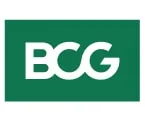
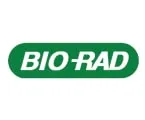
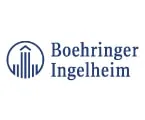



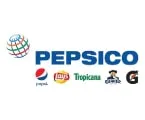







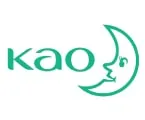







Published Date: Jan-2025
Published Date: Jan-2025
Please enter your corporate email id here to view sample report.
Subscribe to get the latest industry updates